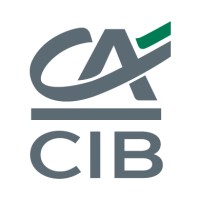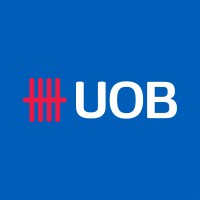Company Cyber Security Posture
NANA
NA Company Details
NA
NA
NA
NA
NA
NA
Scan still pending
NA
NA
Between 200 and 800
This score is AI-generated and less favored by cyber insurers, who prefer the TPRM score.
 NA Global Score
NA Global Score.png)

Company Scoring based on AI Models
| Model Name | Date | Description | Current Score Difference | Score |
|---|---|---|---|---|
| AVERAGE-Industry | 03-12-2025 | This score represents the average cybersecurity rating of companies already scanned within the same industry. It provides a benchmark to compare an individual company's security posture against its industry peers. | N/A | Between 200 and 800 |
Company Cyber Security News & History
| Entity | Type | Severity | Impact | Seen | Url ID | Details | View |
|---|
Company Subsidiaries

NA
Access Data Using Our API

Get company history
.png)
NA Cyber Security News
POSP + Digital to Boost Insurance Sales
Excerpts from an interview with Shiv Bajrang Singh, Chairman, Aryavart Bank.

NA Similar Companies

Sberbank
Сбер — крупнейший банк в России, поставщик надёжных технологических решений и один из ведущих финансовых институтов страны. Мы не боимся меняться и открывать новые горизонты, но в то же время остаёмся верными принципам, сформированным за нашу 180-летнюю историю. Такой подход позволяет нам создавать

Bandhan Bank
Started as a universal bank on August 23, 2015, Bandhan Bank is one of India’s fastest-growing private sector banks. Bandhan Bank has always been committed to financial inclusion and aims to serve the underserved. Guided by the principle of ‘Aapka Bhala, Sabki Bhalai,’ the Bank is dedicated not only

AIB
We're here to keep you updated on AIB Group news, financial services industry insights, expert business reports and all the latest AIB career opportunities. We are one of Ireland’s major retail banks serving personal, business and corporate customers. We offer a range of banking products and servi

Crédit Agricole CIB
Crédit Agricole CIB is the corporate and investment banking arm of Crédit Agricole Group, the 10th largest banking group worldwide in terms of tier 1 capital (The Banker, July 2022). Nearly 8,600 employees across Europe, the Americas, Asia-Pacific, the Middle East and North Africa support Crédit A

UOB
We’re here to do Right By You. At UOB, we aspire to build a better future for the people and businesses in the region. Through our extensive network and suite of capabilities, we offer financial solutions to the people and businesses within, and connecting with ASEAN. We create solutions tail

VietinBank
GENERAL INFORMATION Registered name in Vietnamese: NGÂN HÀNG THƯƠNG MẠI CỔ PHẦN CÔNG THƯƠNG VIỆT NAM Registered name in English: VIETNAM JOINT STOCK COMMERCIAL BANK FOR INDUSTRY AND TRADE Trading name: VietinBank Banking License: No. 142/GP-NHNN dated 3rd July 2009 by the State Bank o

Frequently Asked Questions
Explore insights on cybersecurity incidents, risk posture, and Rankiteo's assessments.
NA CyberSecurity History Information
How many cyber incidents has NA faced?
Total Incidents: According to Rankiteo, NA has faced 0 incidents in the past.
What types of cybersecurity incidents have occurred at NA?
Incident Types: The types of cybersecurity incidents that have occurred include .
Additional Questions
What Do We Measure?
















Every week, Rankiteo analyzes billions of signals to give organizations a sharper, faster view of emerging risks. With deeper, more actionable intelligence at their fingertips, security teams can outpace threat actors, respond instantly to Zero-Day attacks, and dramatically shrink their risk exposure window.
These are some of the factors we use to calculate the overall score:
Identify exposed access points, detect misconfigured SSL certificates, and uncover vulnerabilities across the network infrastructure.
Gain visibility into the software components used within an organization to detect vulnerabilities, manage risk, and ensure supply chain security.
Monitor and manage all IT assets and their configurations to ensure accurate, real-time visibility across the company's technology environment.
Leverage real-time insights on active threats, malware campaigns, and emerging vulnerabilities to proactively defend against evolving cyberattacks.




